Telemark Cryogenics User manual




















Table of contents
Other Telemark Chiller manuals
Popular Chiller manuals by other brands
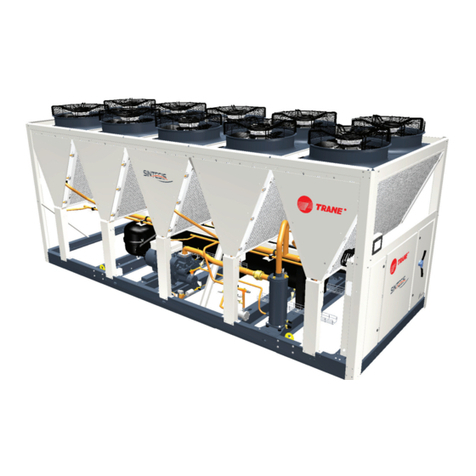
Trane
Trane Sintesis RTAF HE series Installation operation & maintenance

Häfele
Häfele HC-M48G instruction manual
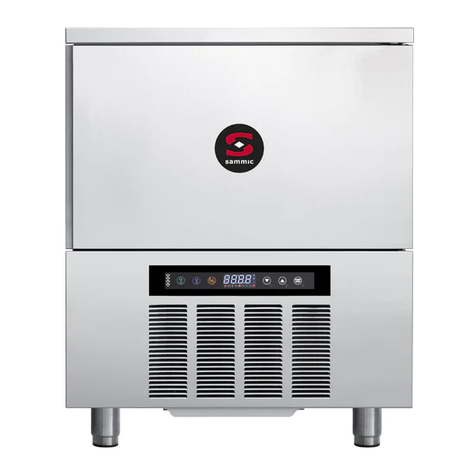
Sammic
Sammic SmartVide 5 instruction manual
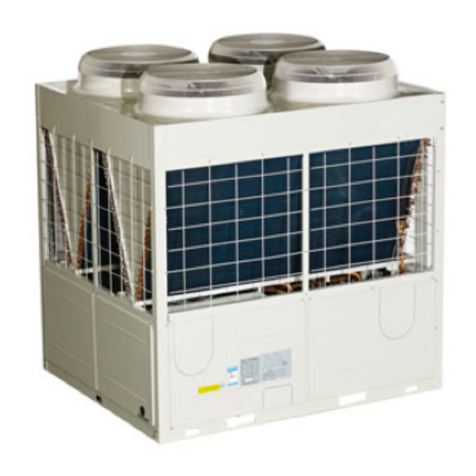
Kaysun
Kaysun KEM-30 DNH3 Technical manual

TICA
TICA TAS-AH Series Installation & operation manual

KKT chillers
KKT chillers nBoxX 1.5 Operating instruction
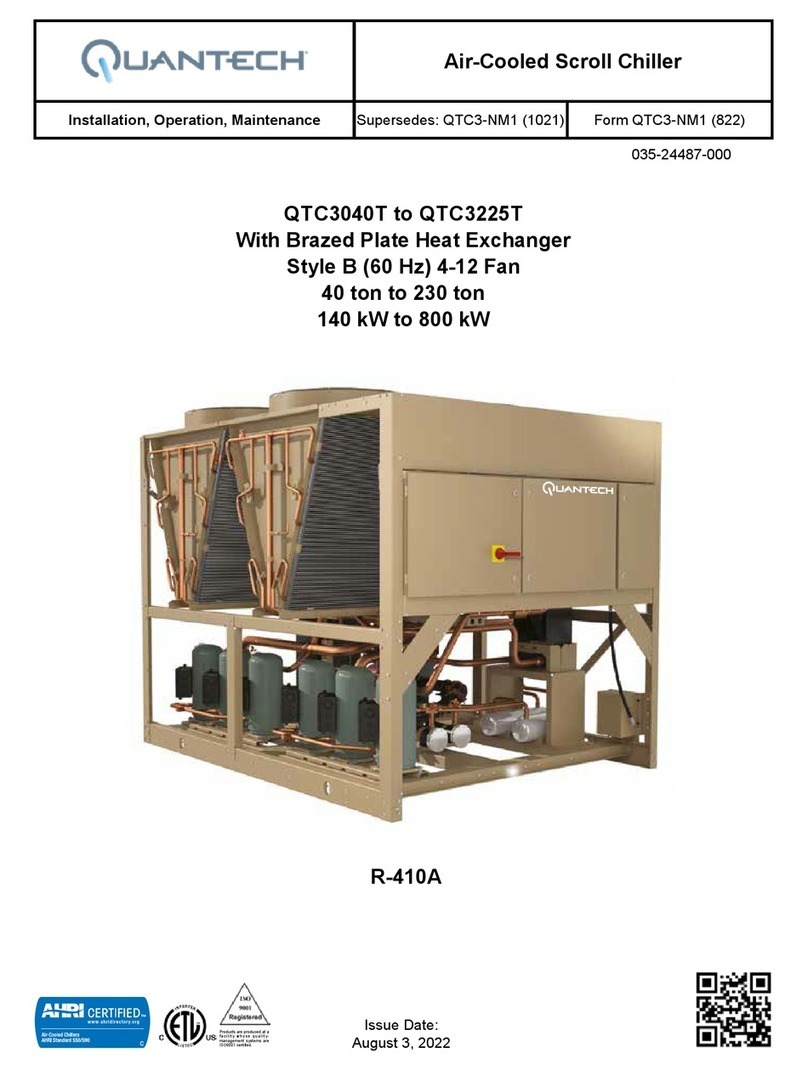
Quantech
Quantech QTC3040T Installation operation & maintenance

AIREDALE
AIREDALE Ultima Compact UCCL030-75 1 FAN Technical manual
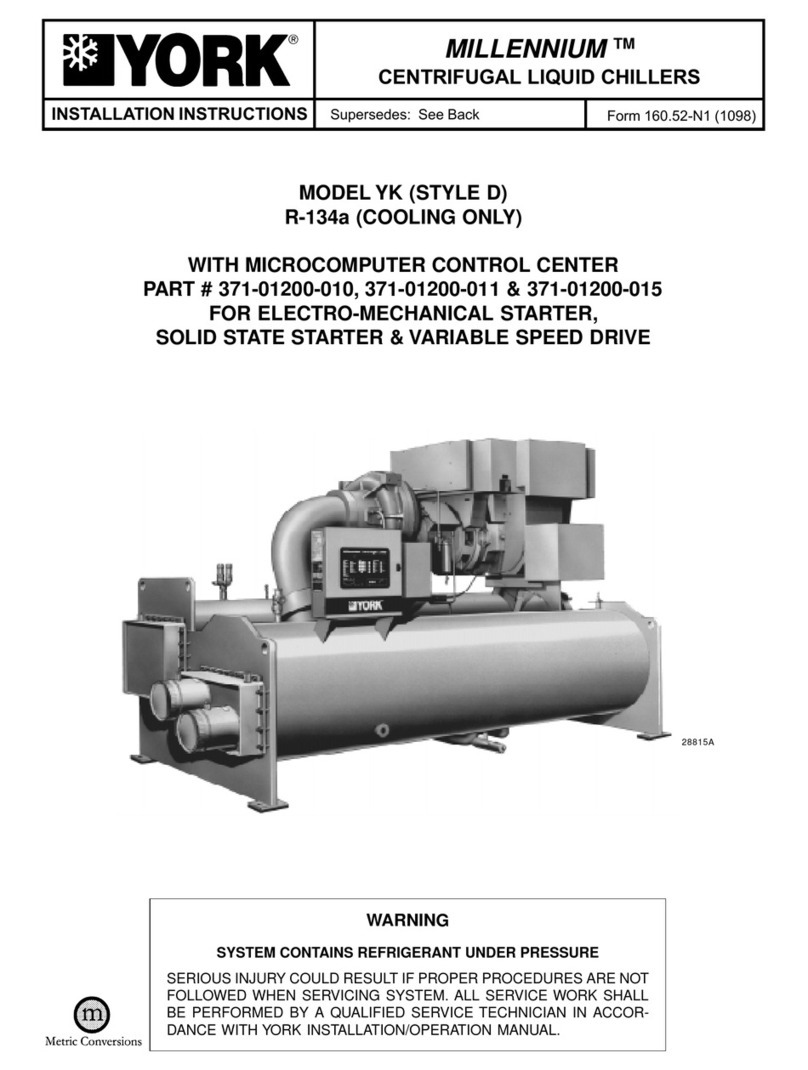
York
York Millenium YK D Series installation instructions
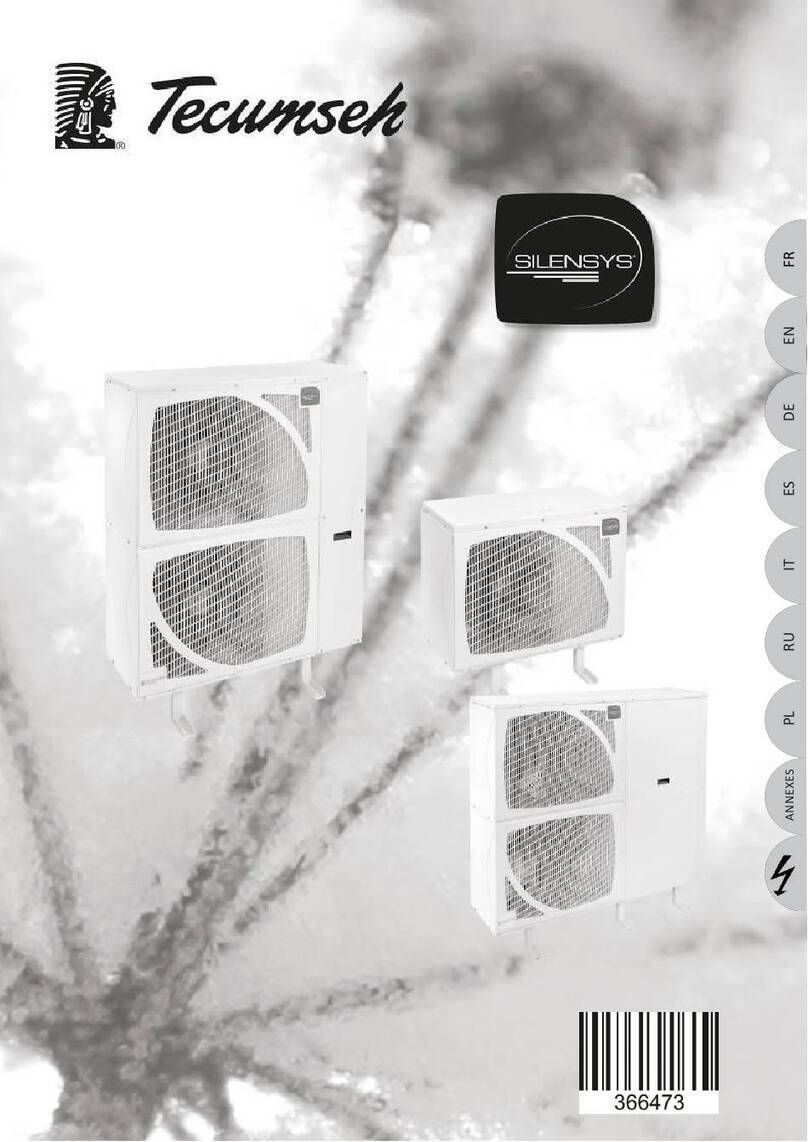
Tecumseh
Tecumseh SILENSYS installation instructions

AMERICOOL
AMERICOOL WWC-500 owner's manual
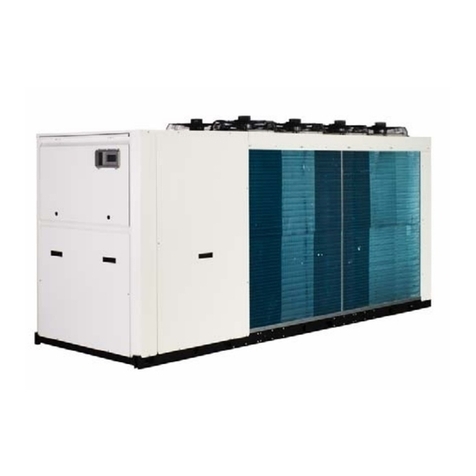
Galletti
Galletti LCX Series user manual
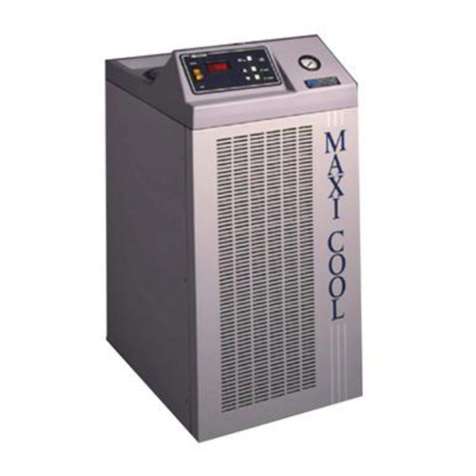
FTS
FTS MAXI-COOL Operator's manual
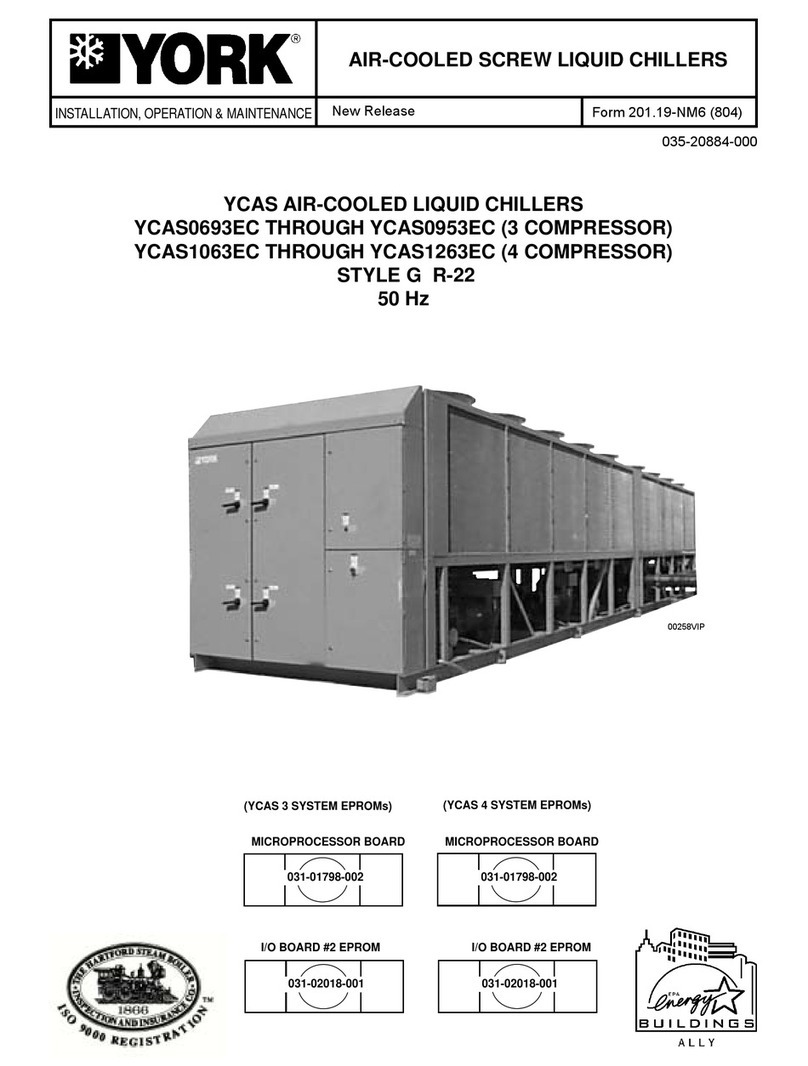
York
York YCAS Installation operation & maintenance
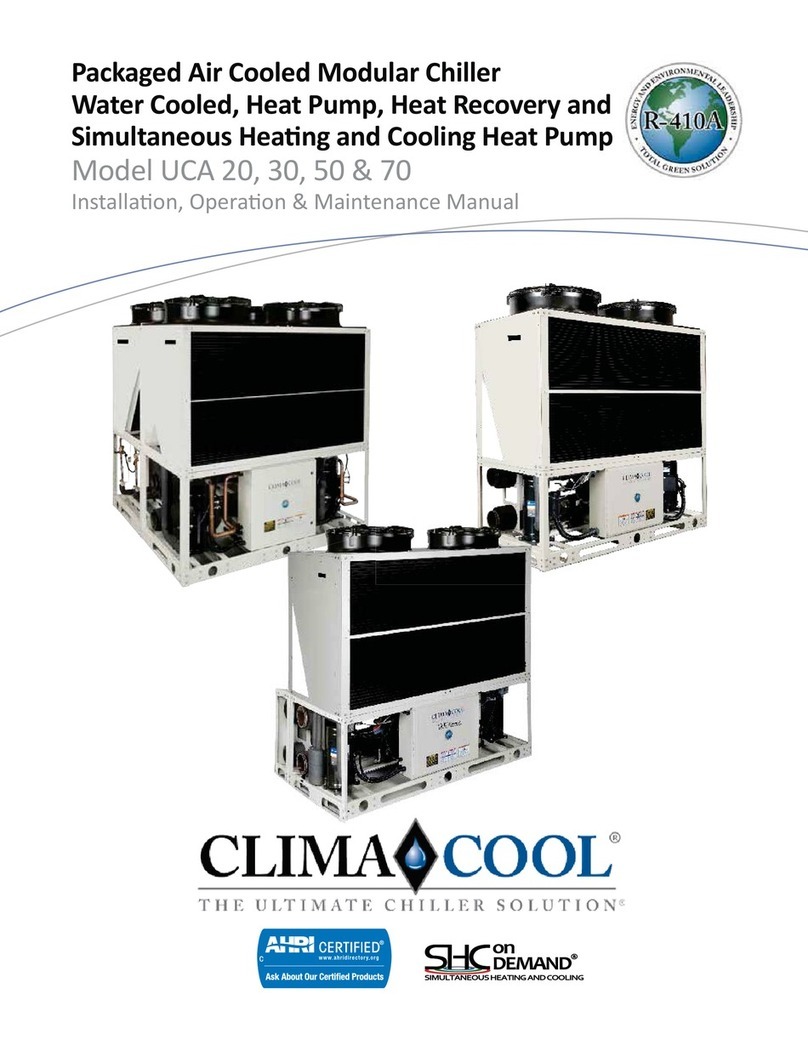
ClimaCool
ClimaCool UCA 20 Installation, operation and maintenance manual
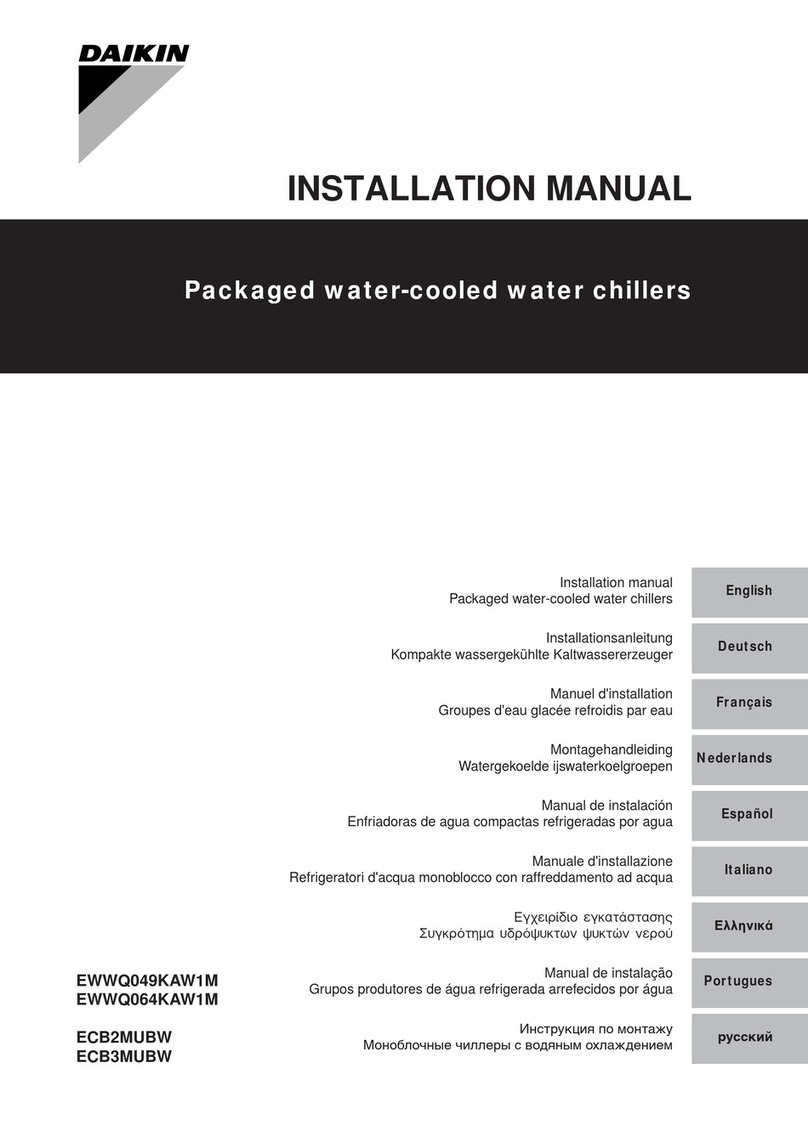
Daikin
Daikin EWWQ049KAW1M installation manual

Rittal
Rittal Blue e+ Assembly and operating instructions
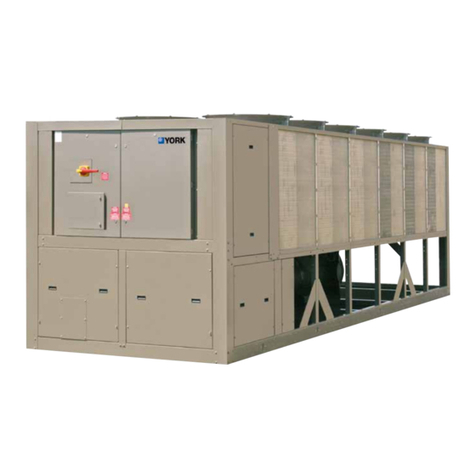
York
York YCIV Series Installation operation & maintenance
